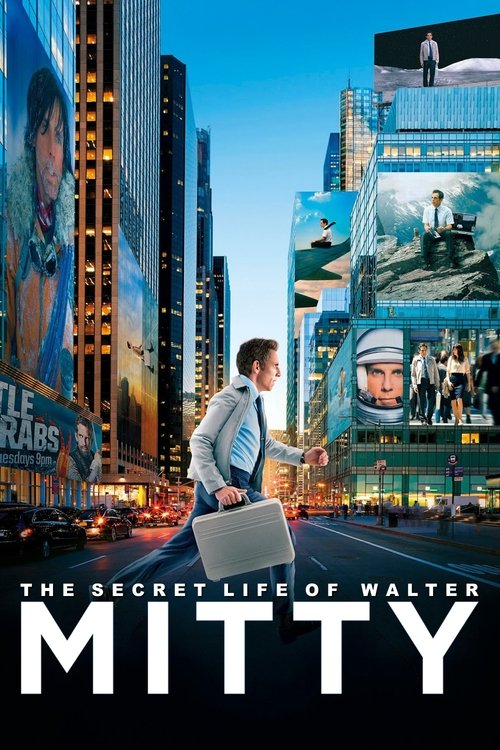
Title: The Secret Life of Walter Mitty
Year: 2013
Director: Ben Stiller
Writer: Steven Conrad
Cast: Ben Stiller (Walter Mitty), Kristen Wiig (Cheryl Melhoff), Sean Penn (Sean O'Connell), Shirley MacLaine (Edna Mitty), Adam Scott (Ted Hendricks),
Runtime: 114 min.
Synopsis: A timid magazine photo manager who lives life vicariously through daydreams embarks on a true-life adventure when a negative goes missing.
Rating: 7.197/10